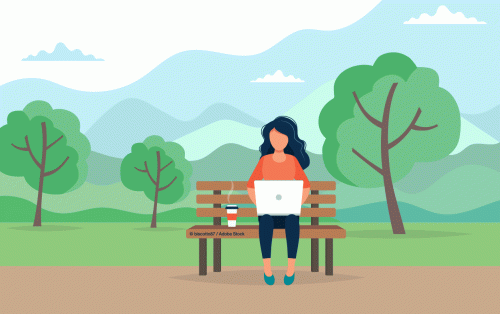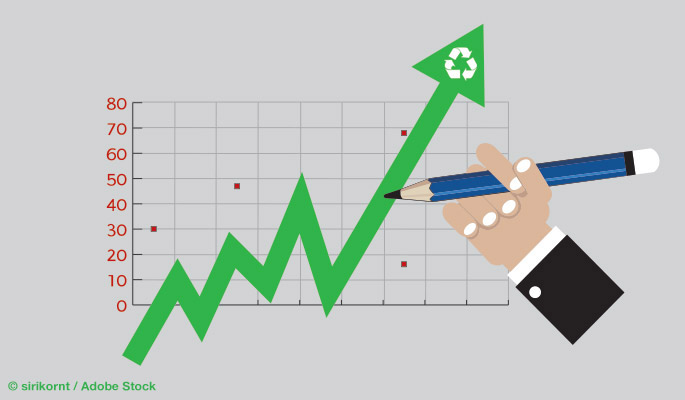
Throughout the ages of humanity, recycling has taken many forms. In the past, recycling was done by individuals — a specific form of recycling known as reutilization or reuse. With the Industrial Revolution and the assembly line, recycling became something that could no longer be done by the individual. The materials were too complex, the products too varied to handle at the individual level.
For generations, recycling was replaced with a ‘throw-away’ culture and attitudes towards recovering things, thus creating a ‘who-cares?’ mentality. With the scientific discovery of the harm that filling landfills produce has begun to turn the tide. There is still a long road ahead to combat the ‘throw-away’ culture of the modern world.
In the meantime, recycling centers, recycling bins and recycling containers make it possible to combat environmental degradation by allowing the ‘throw-away’ culture to continue, while still capitalizing on the old fashion protective measures of reutilization.
Recycling allows normal people to still ‘throw-away’ their old materials while also allowing reuse of those materials, rather than having them end up in landfills and leaching into soil, ground water, and the air as contaminants or using up valuable space waiting for nature to recycle the materials for us.
Furthermore, as a business, recycling can have certain social advantages. Companies that actively participate in recycling programs can leverage those programs for social capital which can result in more customer loyalty. The more aggressive the recycling campaigns, the more social capital leverage available.
Every business should have an effective recycling plan, whether you recycle everything in-house, or you outsource all of your recycling needs.
Of course, recycling is just the last possible use for your old materials. There are other ways to repurpose old, outdated materials and equipment, and among the best of these is reuse. Whenever possible, you should endeavor to reuse old equipment and inventory in a new way. Electronic equipment can be gutted to make new, functional computers can be tasked with mundane assignments, or re-purposed as client interfaces, even old furniture can find a new home as shelving, storage, or having the casters removed to make items moveable. Reutilization is the first step in sustainability.
Then comes reduction. If you absolutely can’t reuse something directly or with minimal effort, first try to reduce it. Reduction can be done in various ways. For example, going paperless at the office may not always be practical for proofing larger documents. However, having your office consciously make an effort to reduce paper waste by keeping the majority of workflow electronic can help. Also, paper waste can be reduced in the cafeteria by reducing the need for disposables.
Remember that there’s a limited amount of space out there and that even recycling centers have things that they can’t re-purpose. Keep the earth clean by doing your part to reuse, reduce, and recycle. Every time you recycle, you’re saving yourself and everyone else money that would have to be used later to clean up the mess.














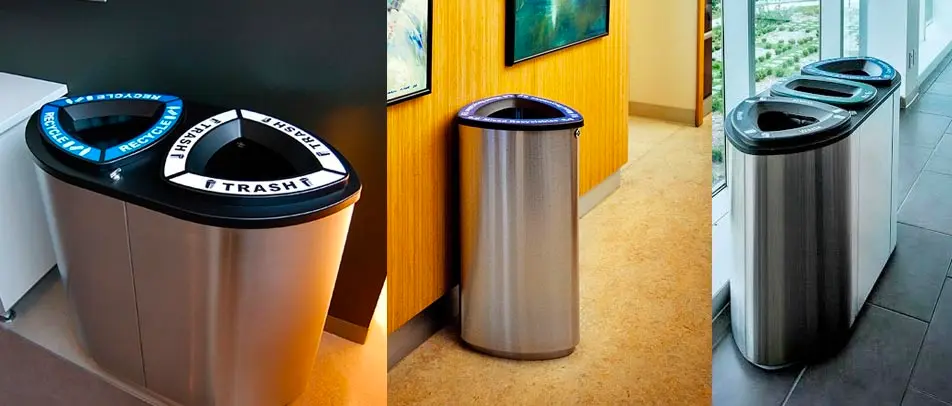
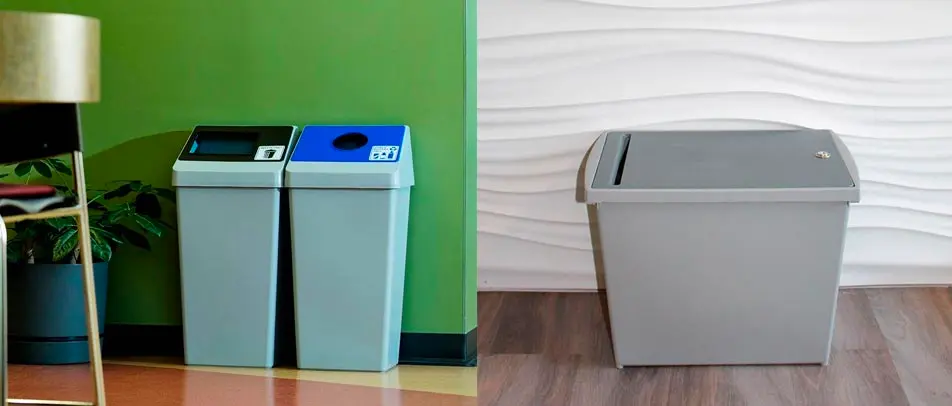


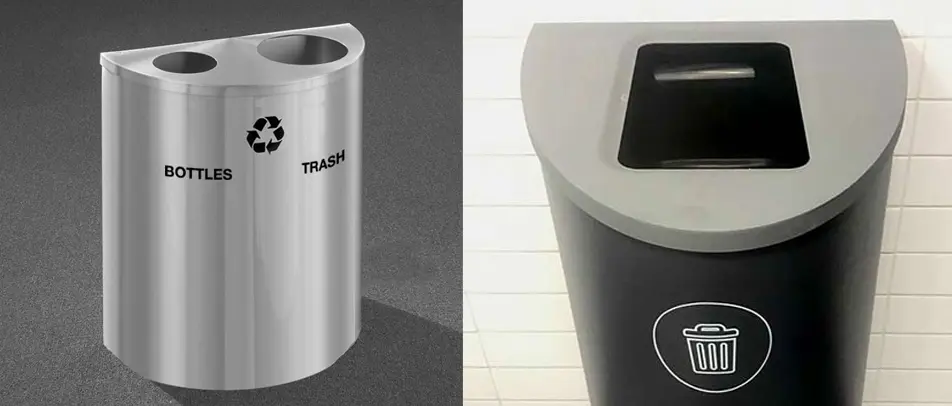


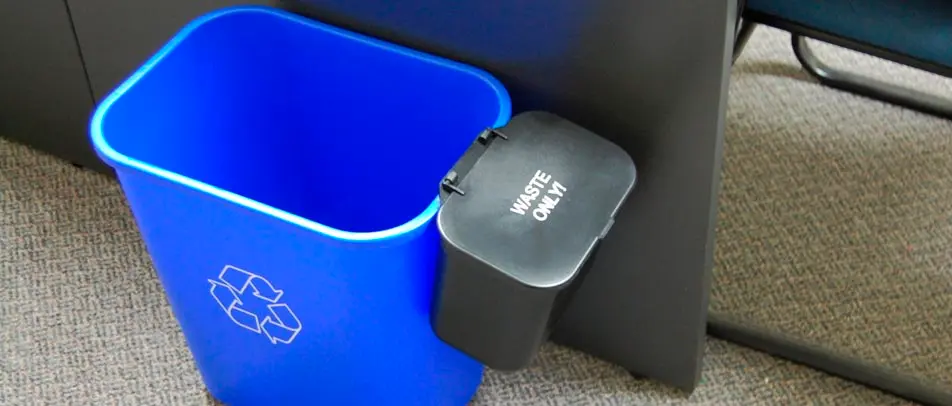
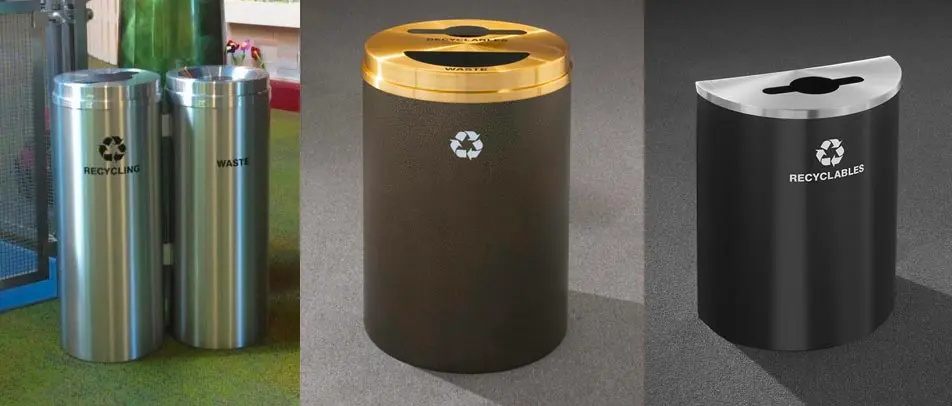
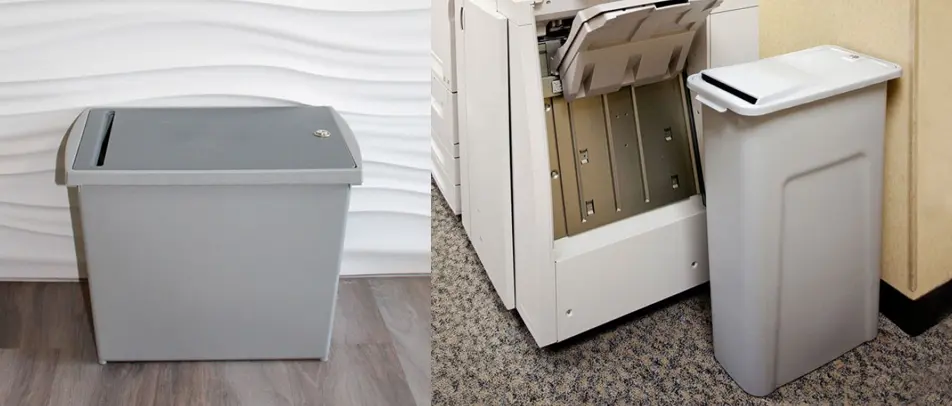

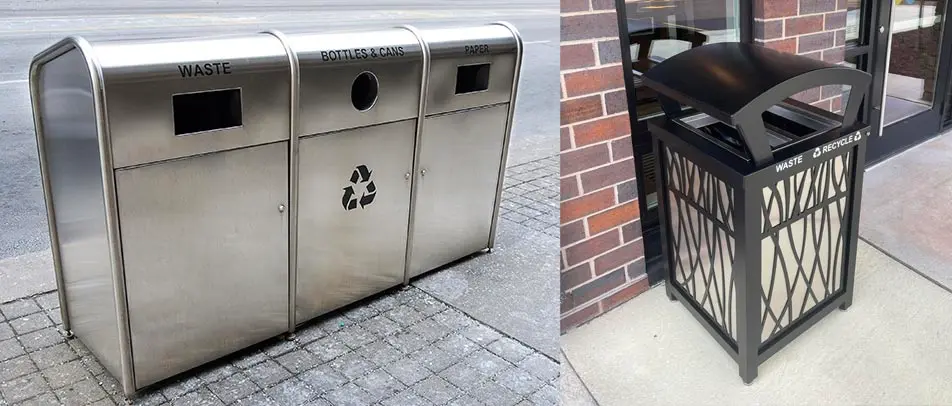



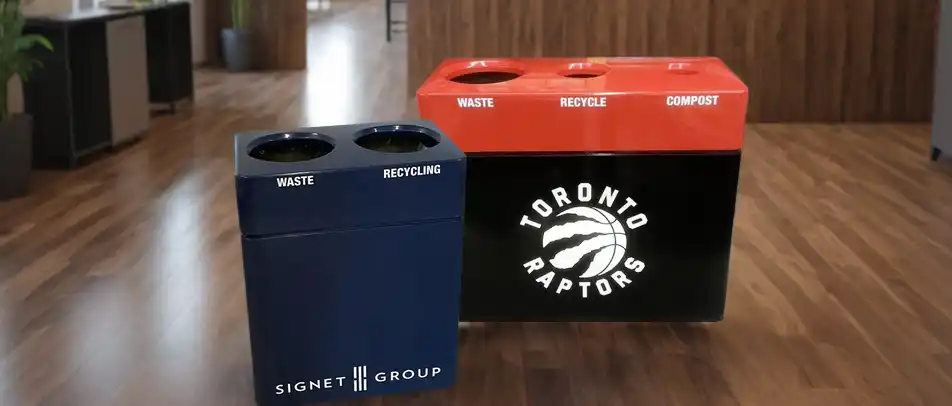



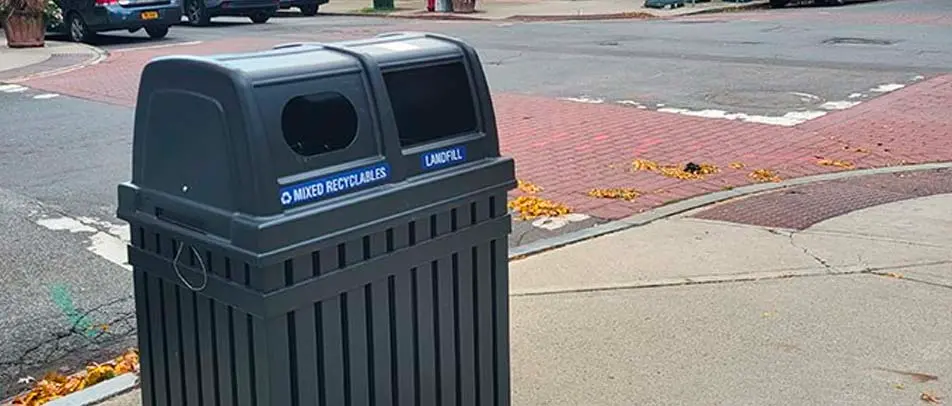
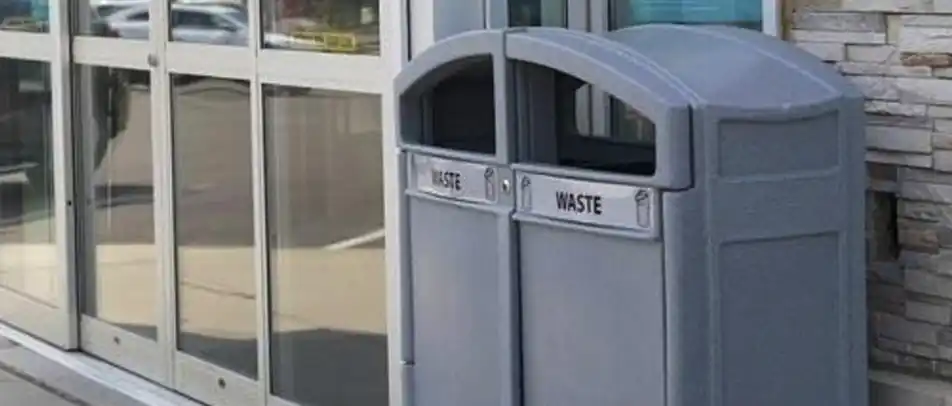
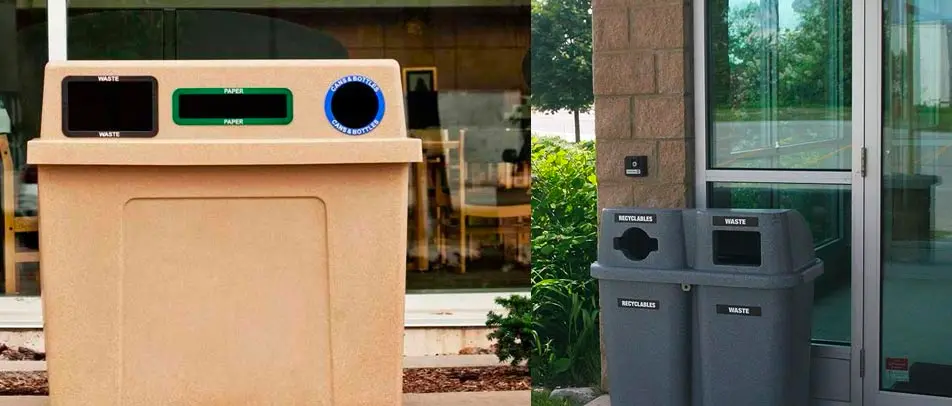
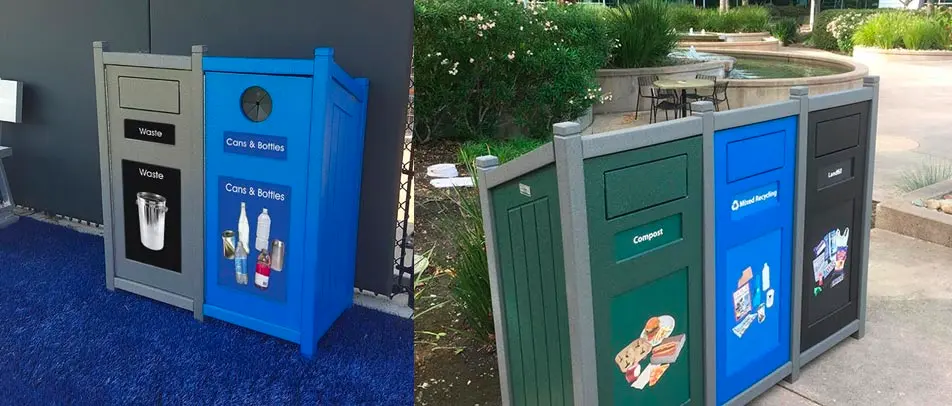
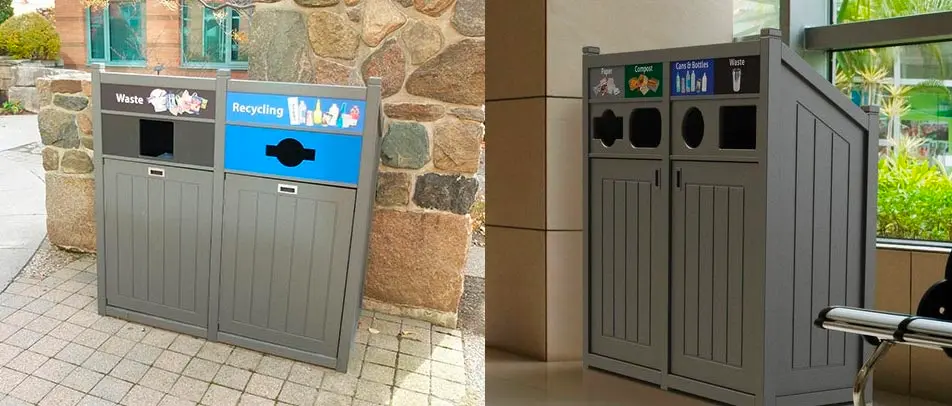

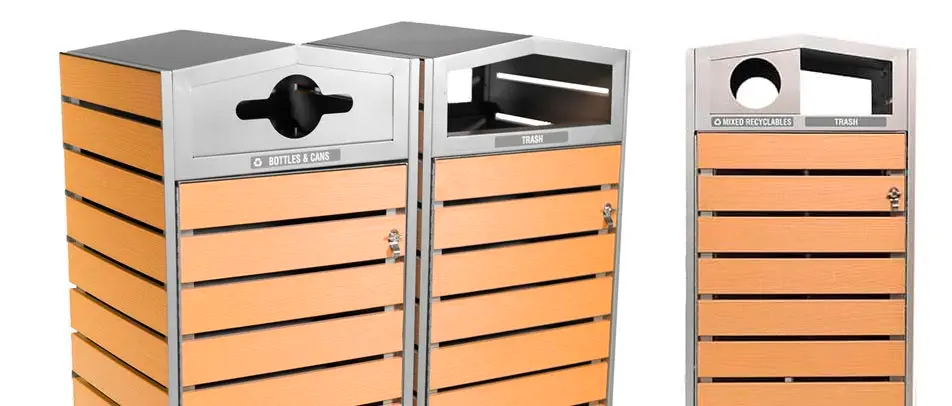

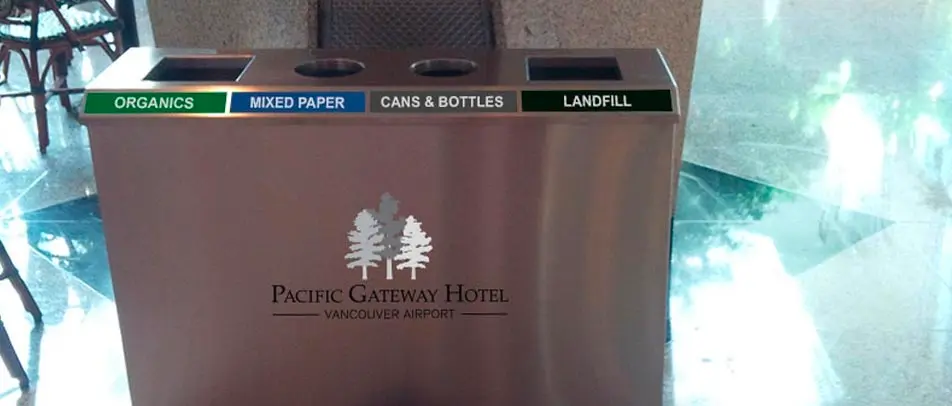

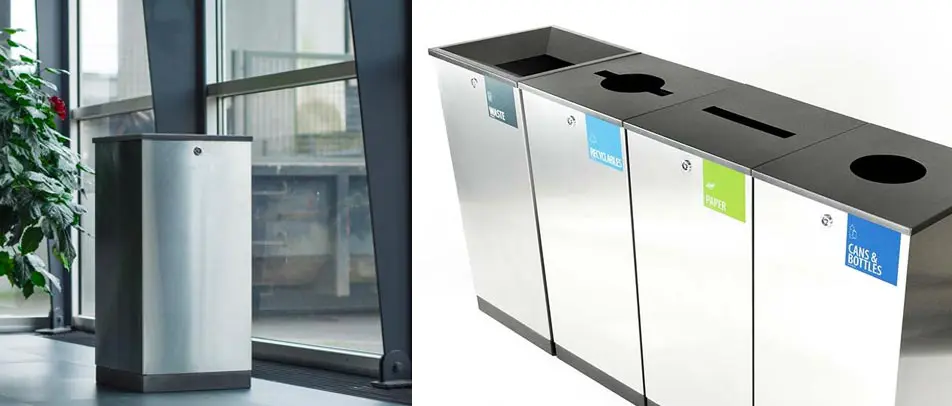
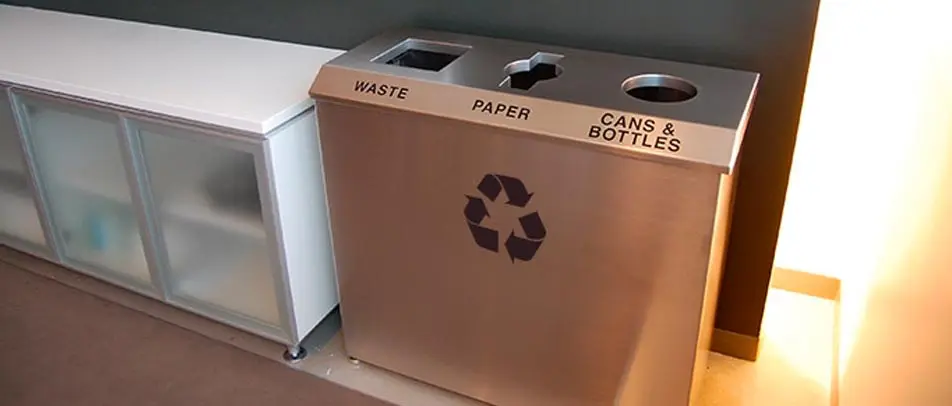
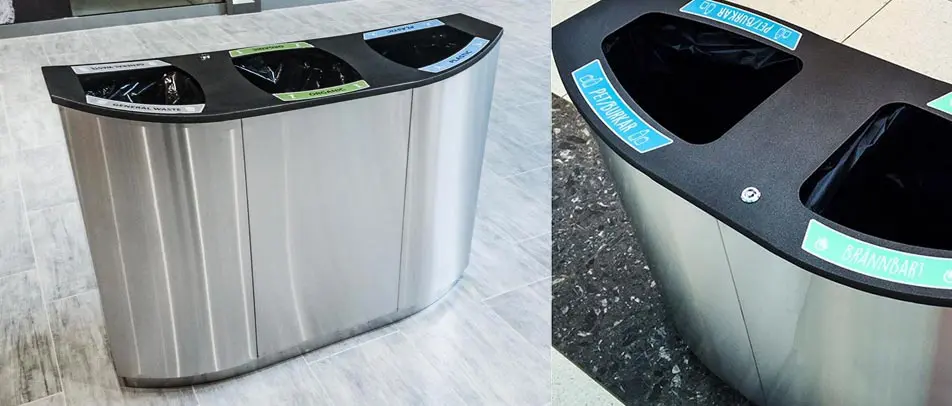

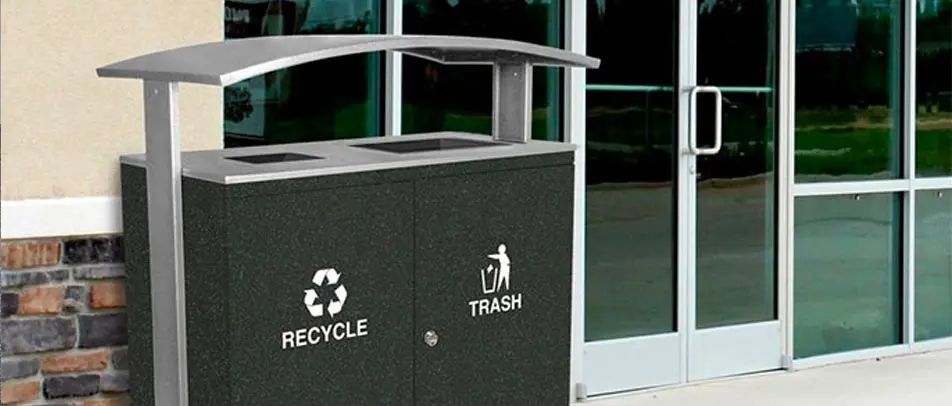
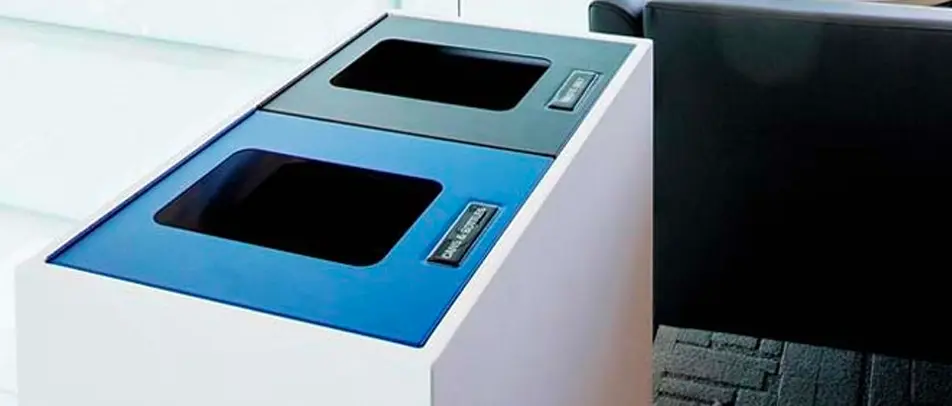
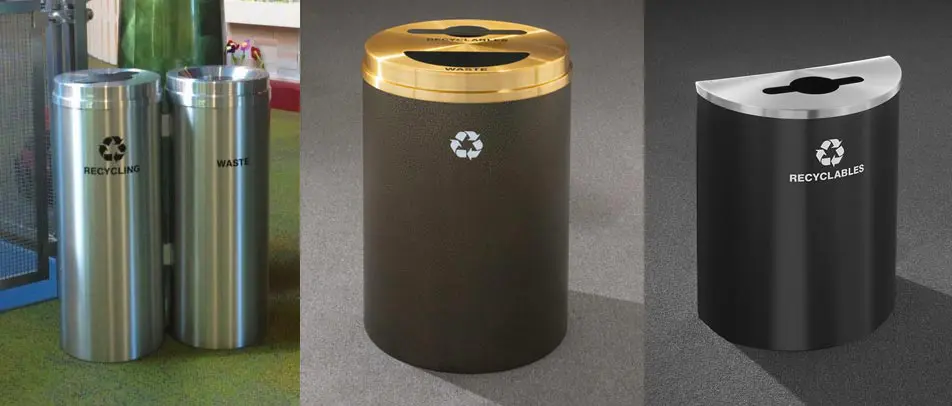

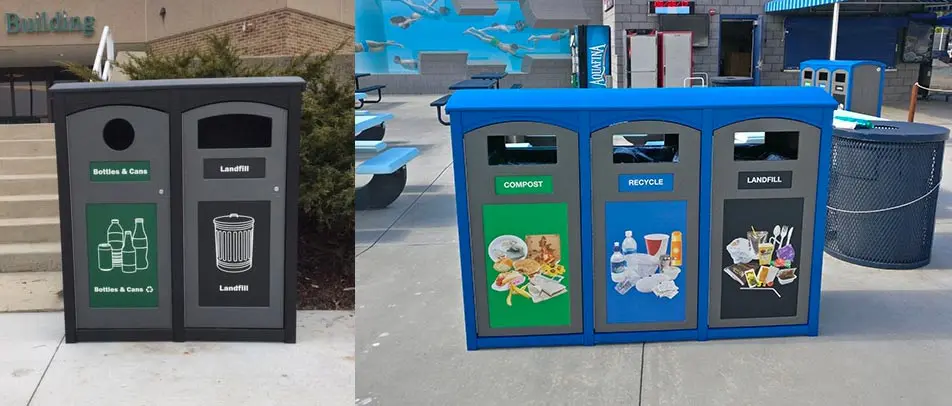
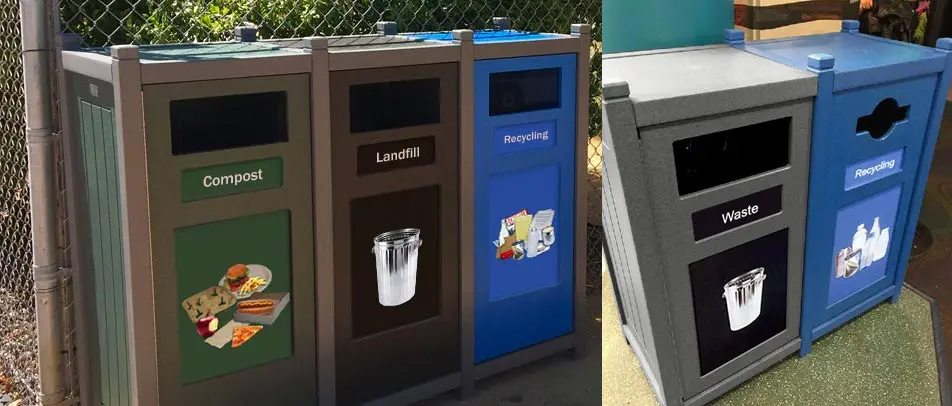
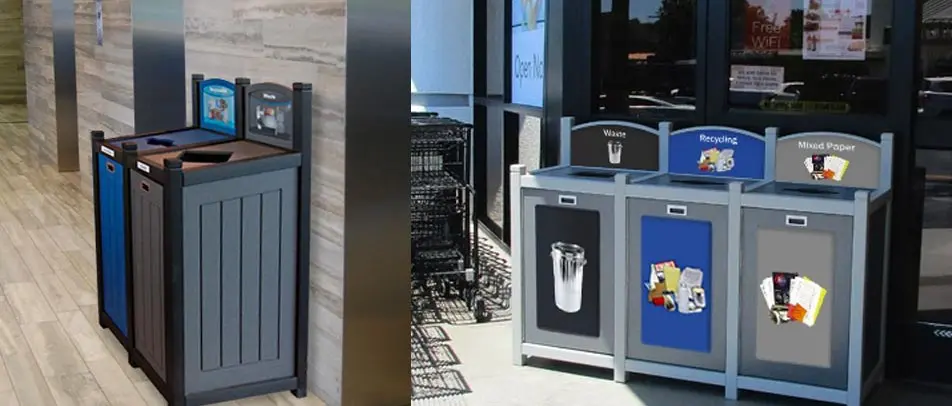


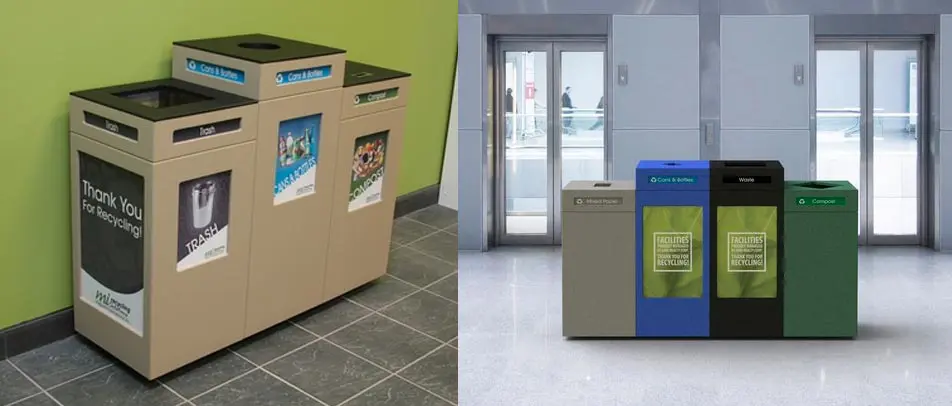
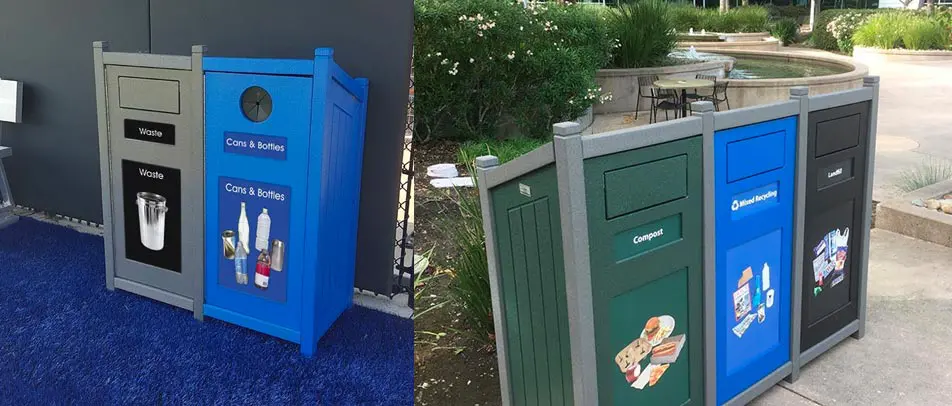
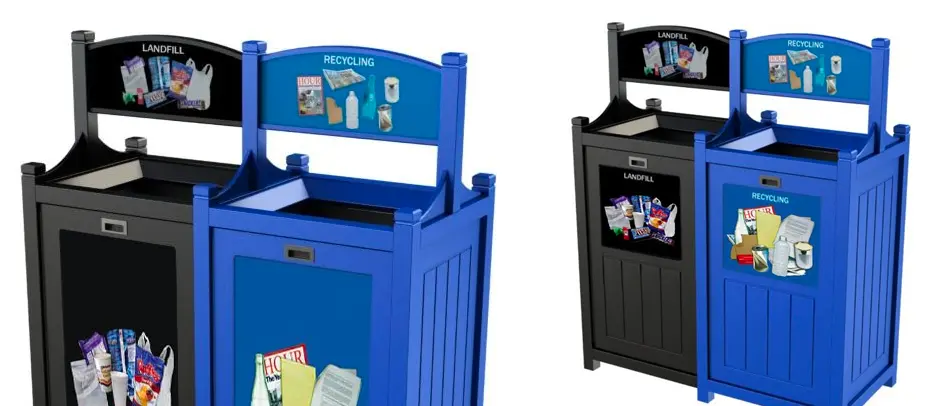


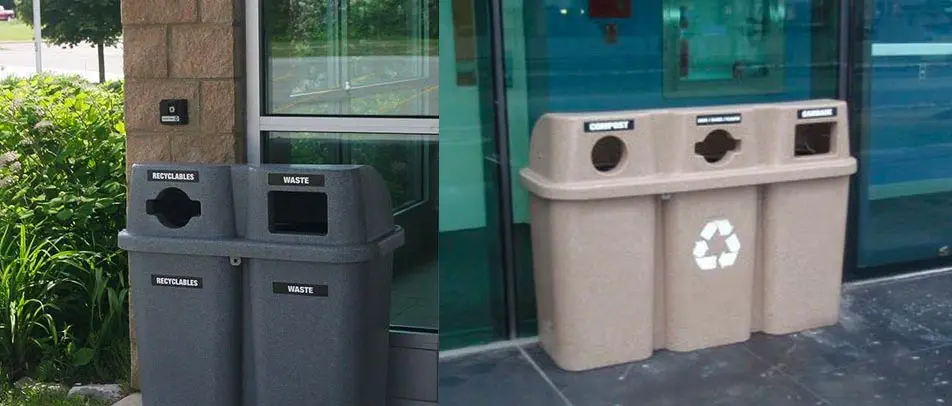
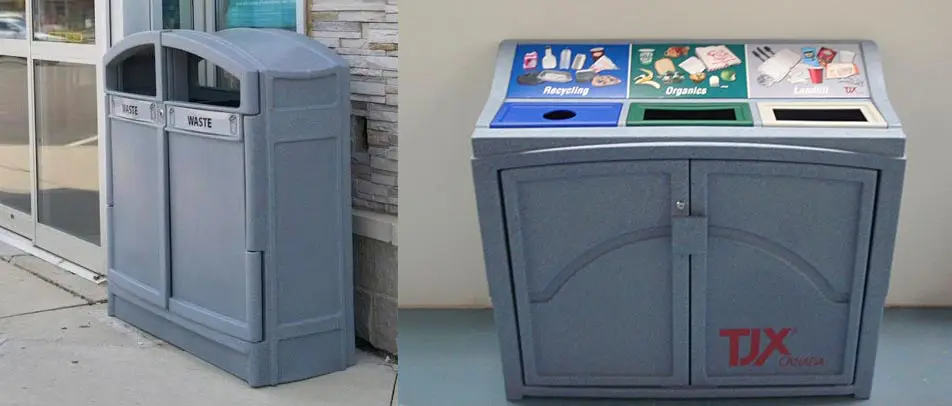
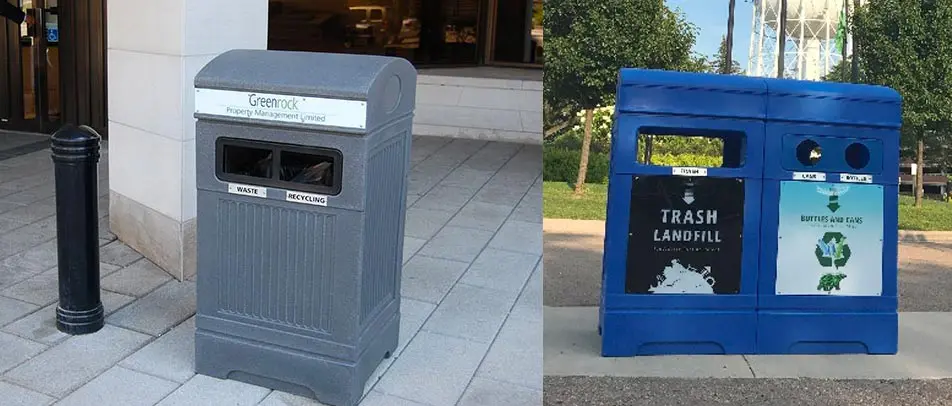
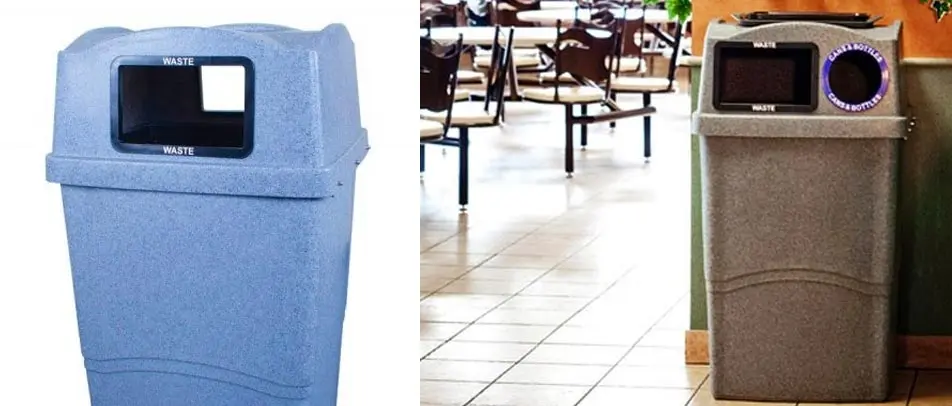
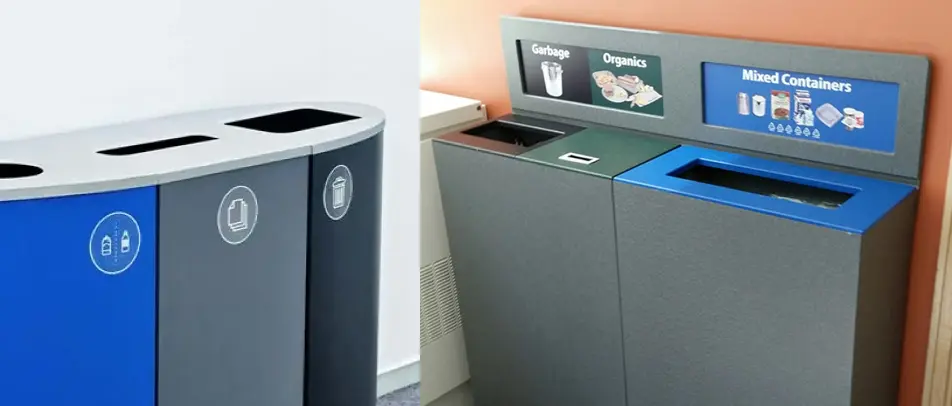
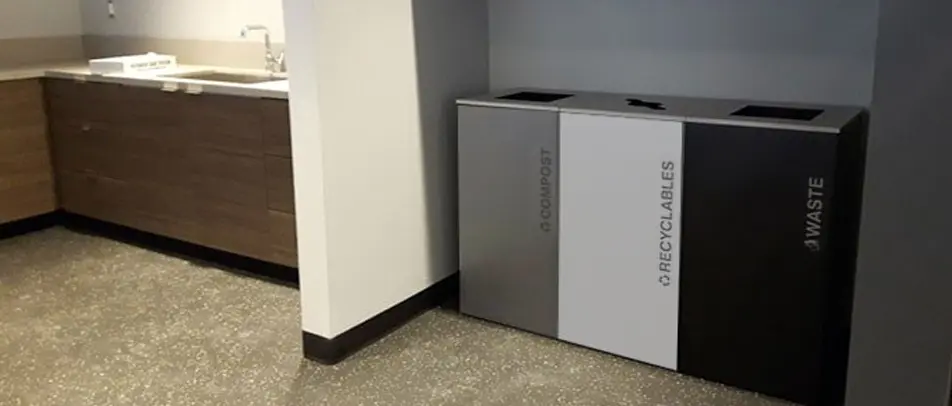
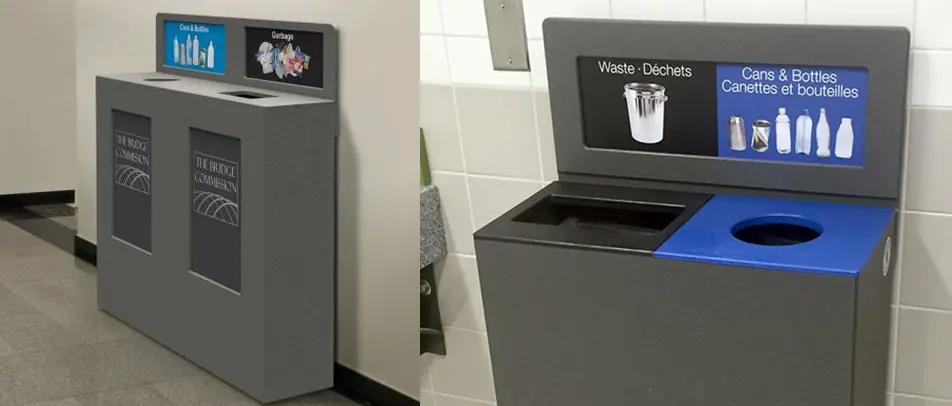
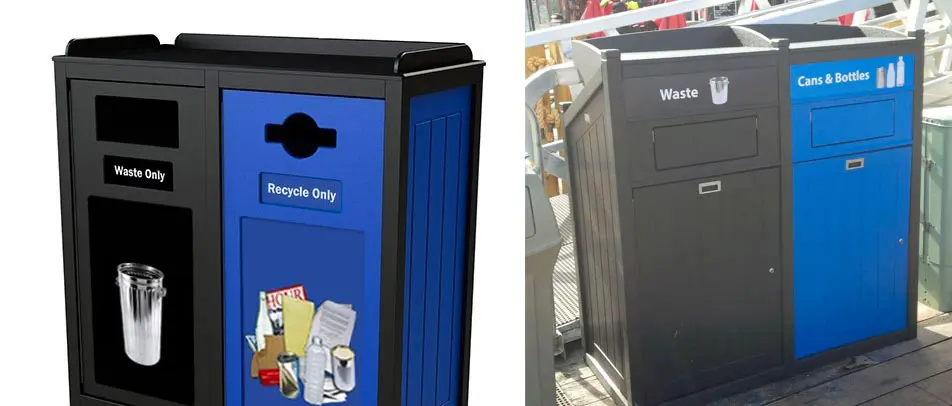
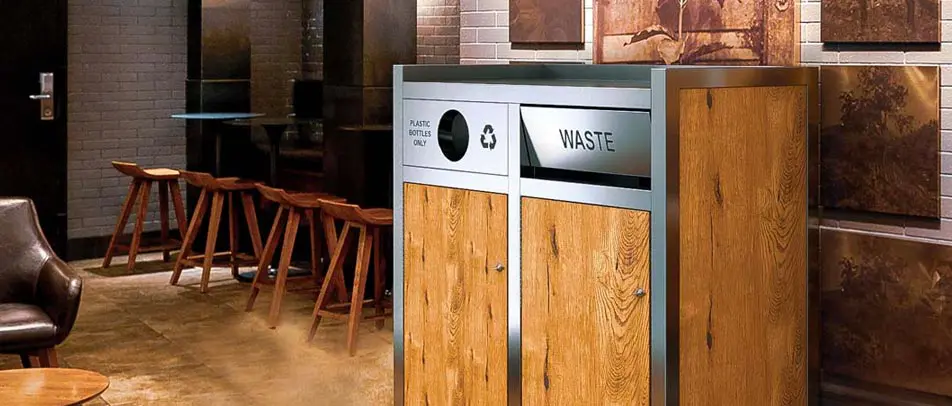




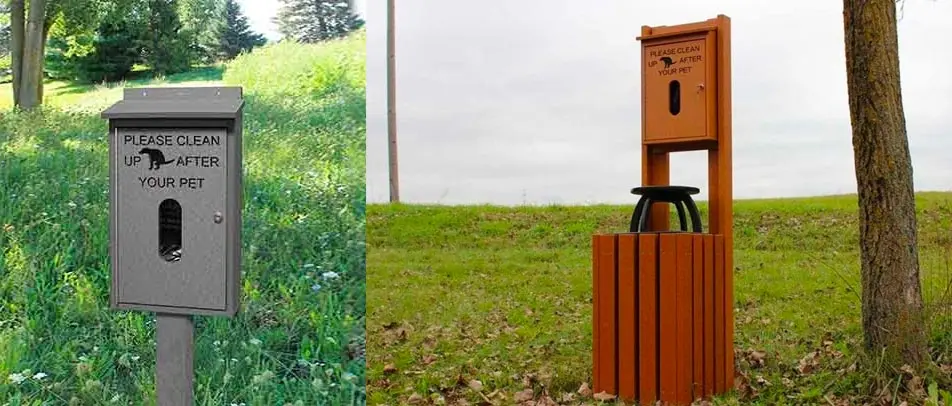

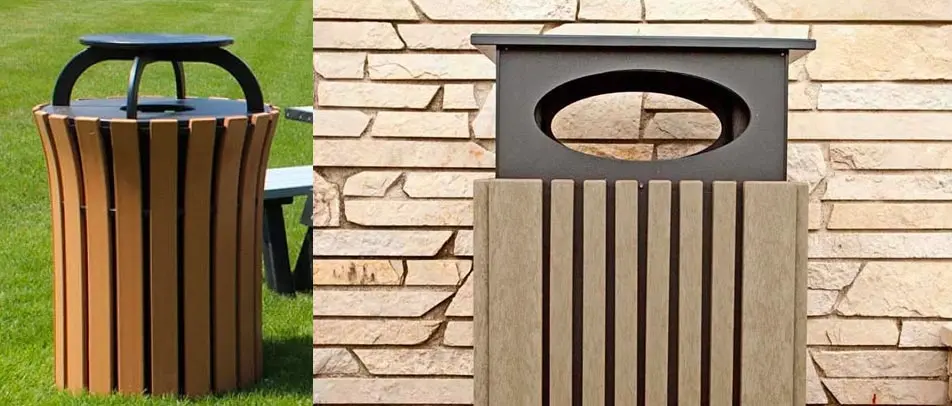


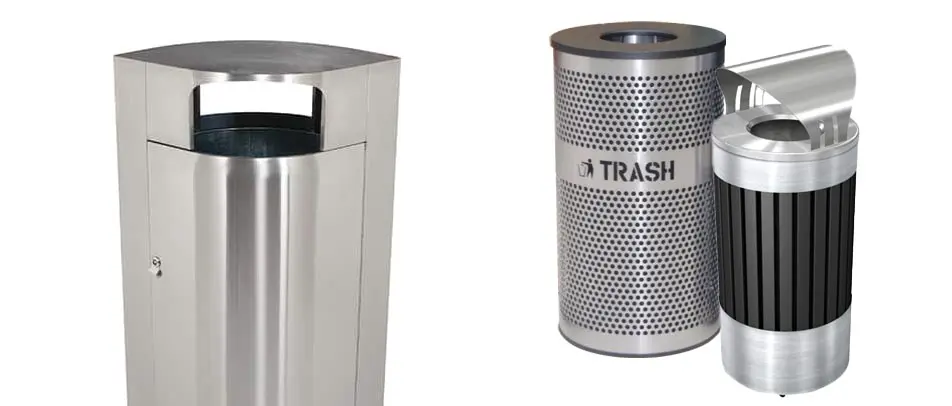

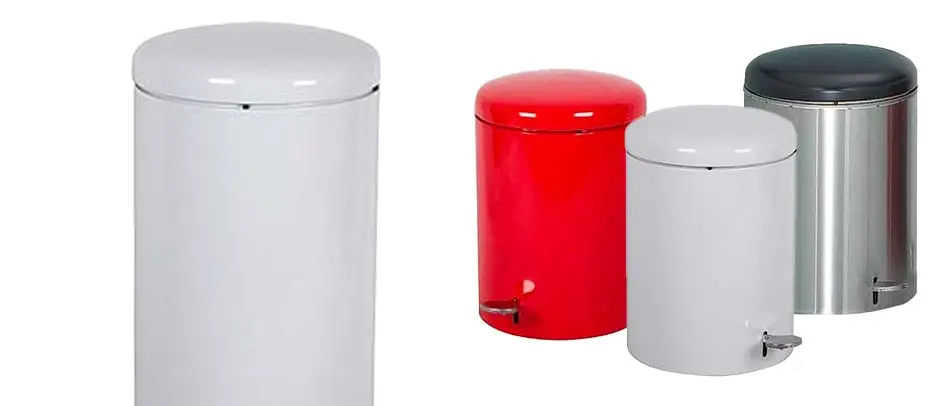





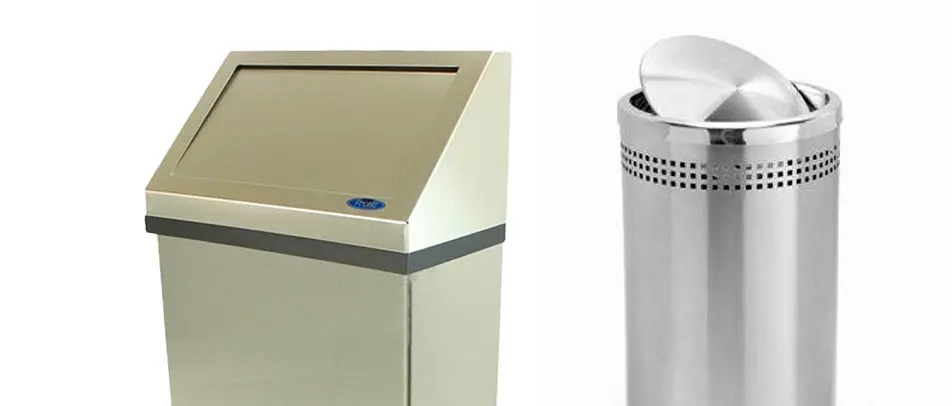

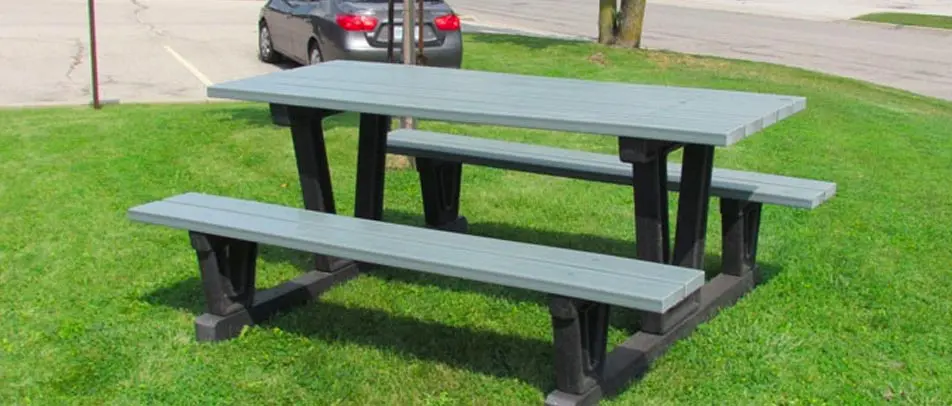





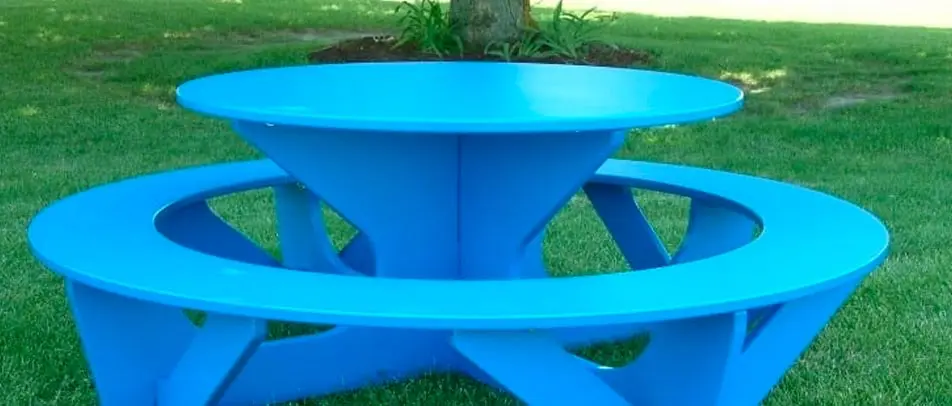
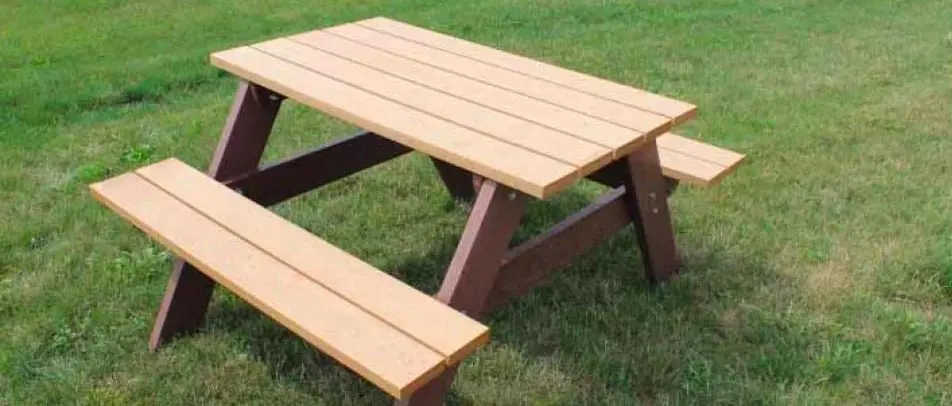
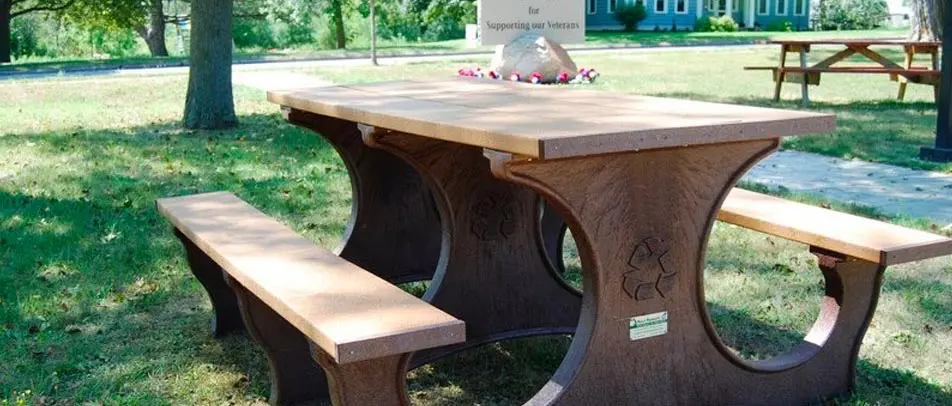
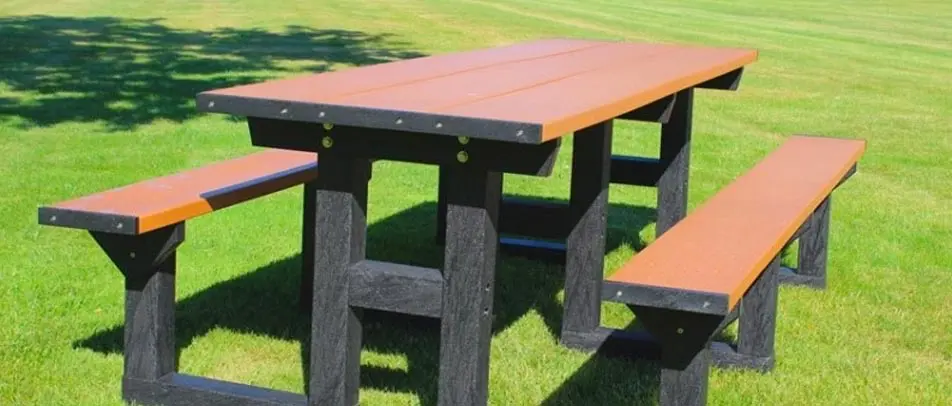

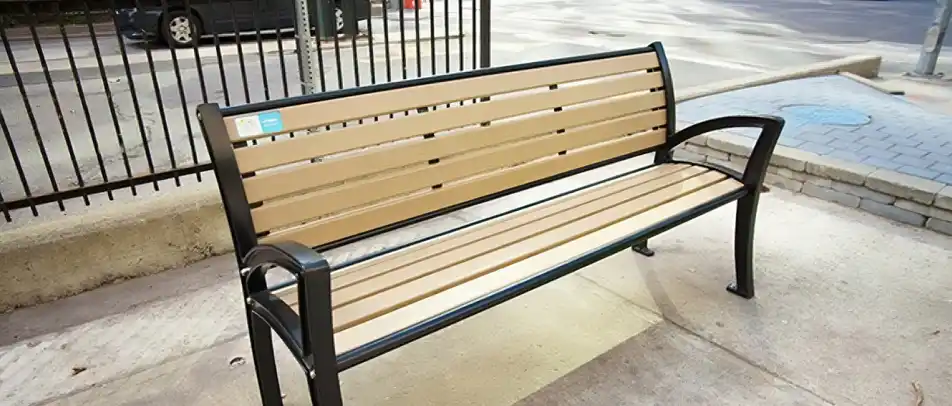

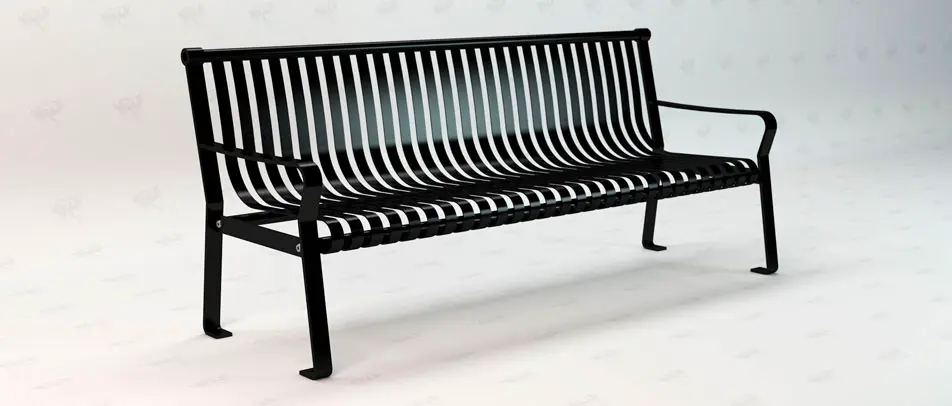
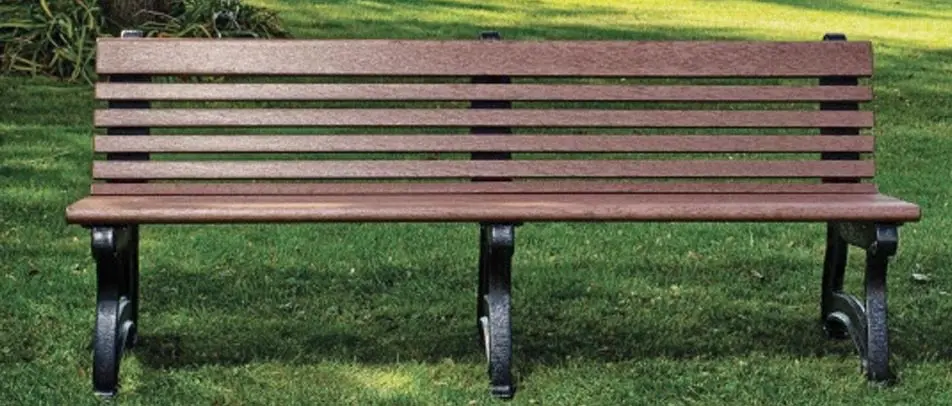
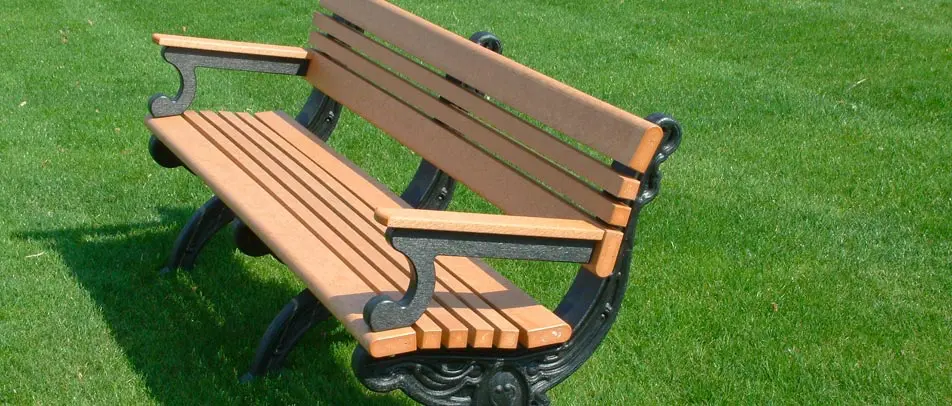
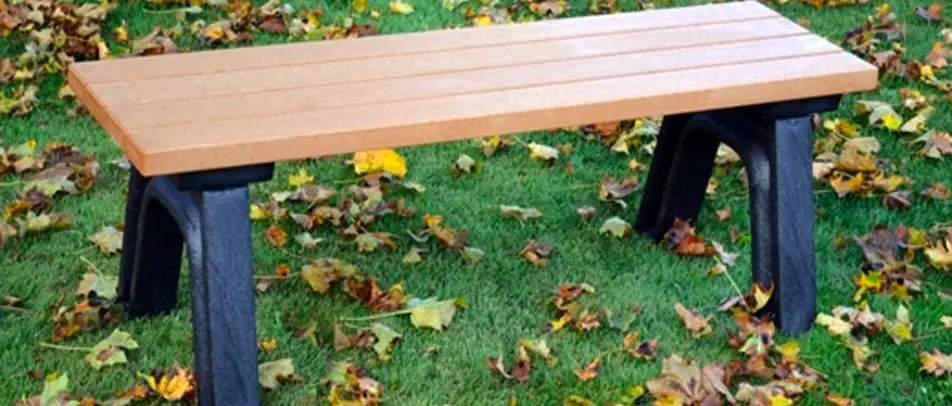
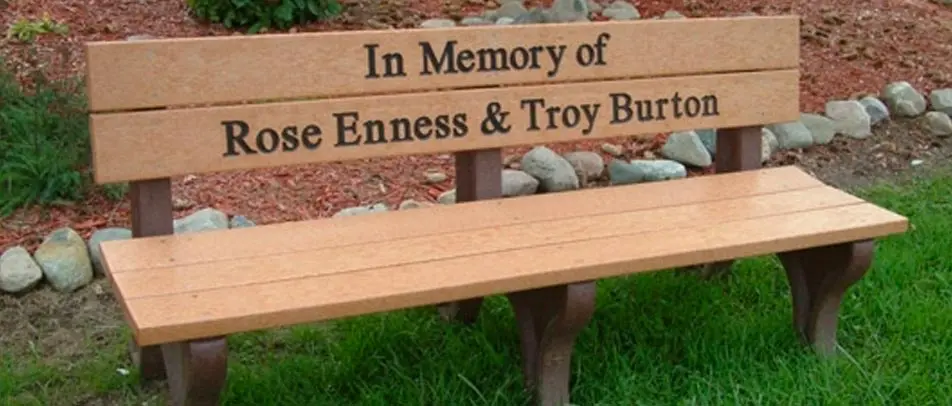



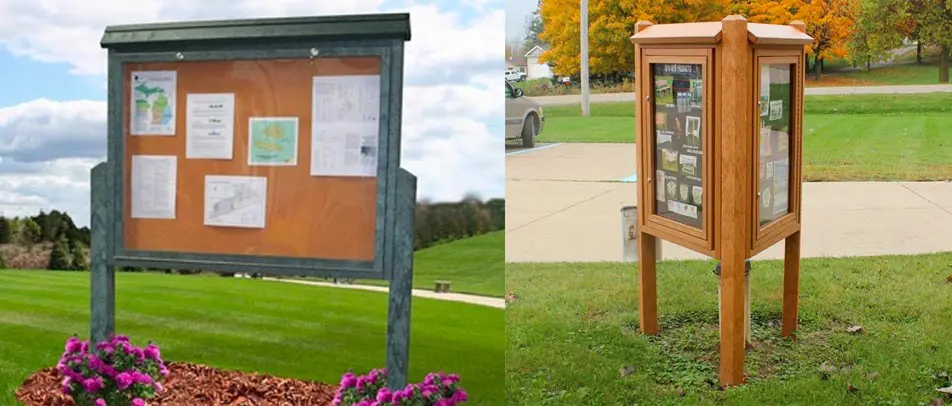
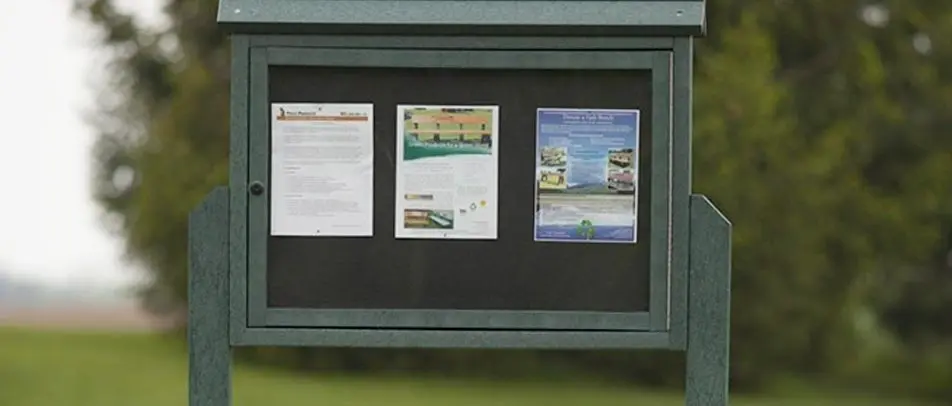
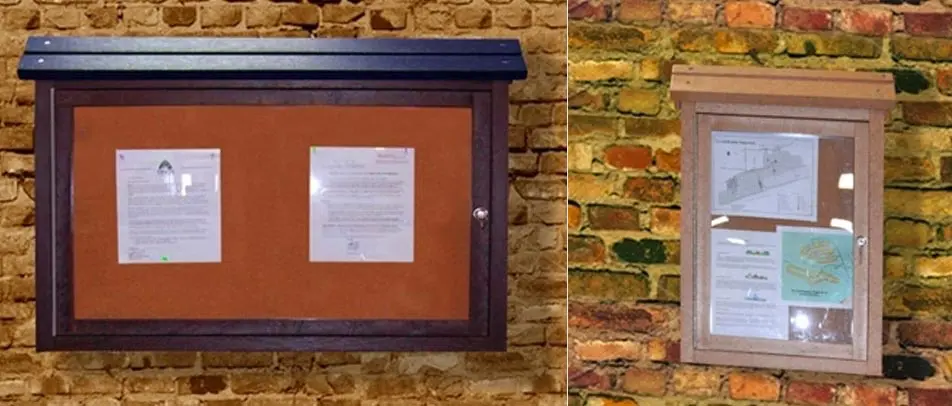


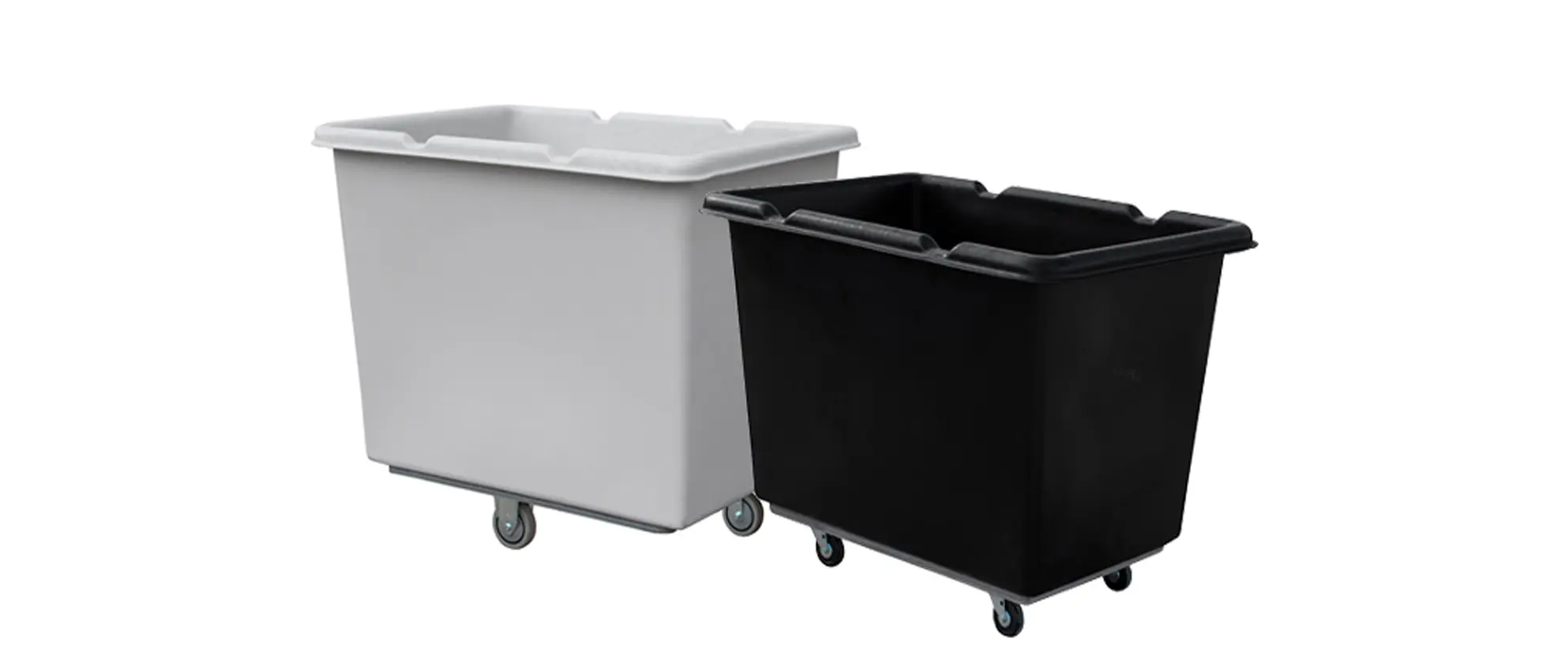




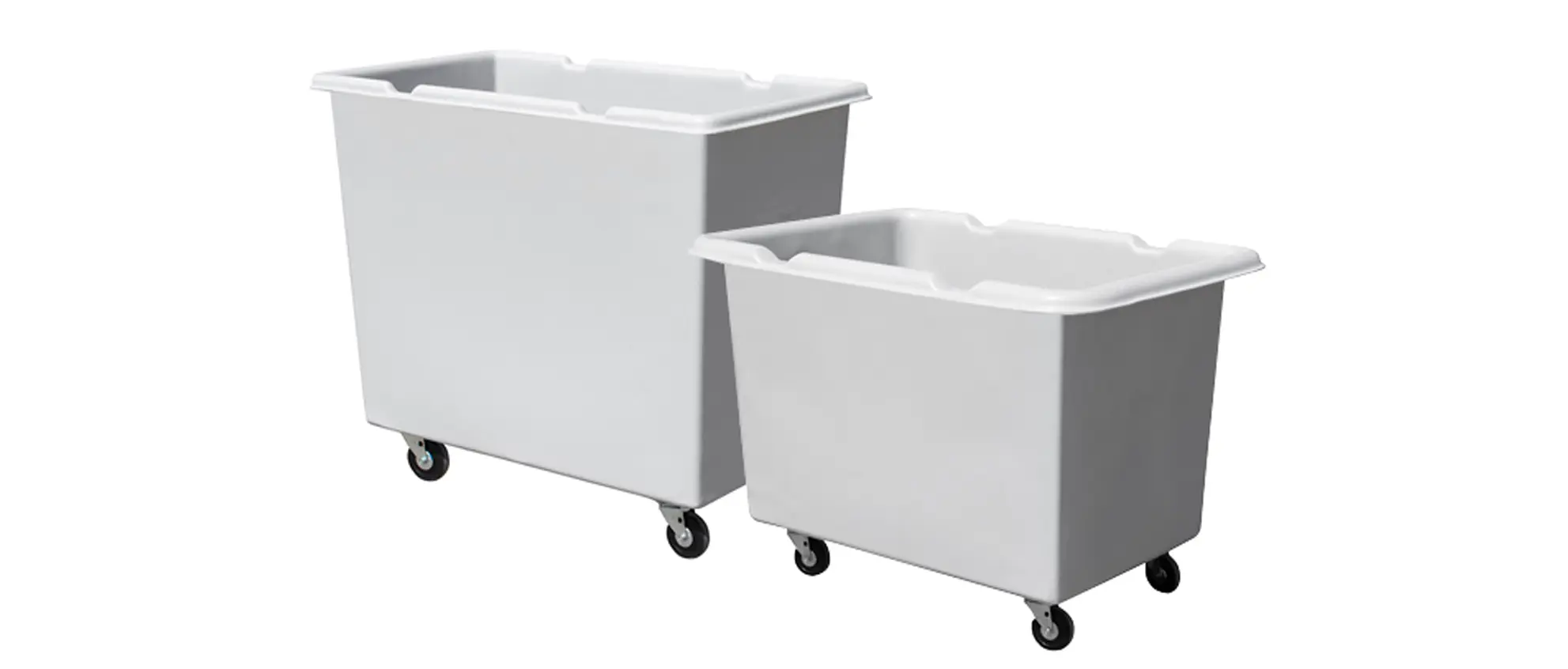


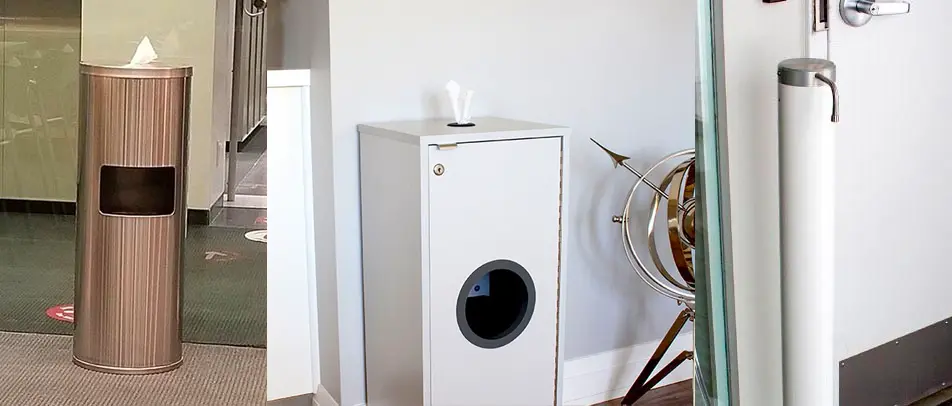
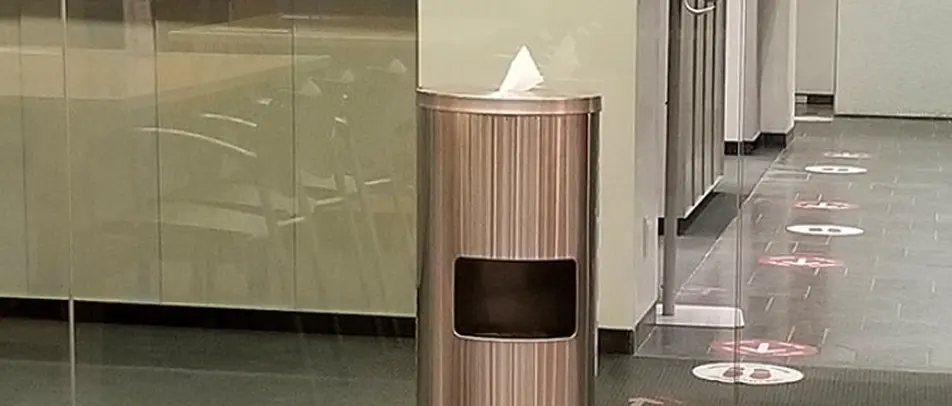
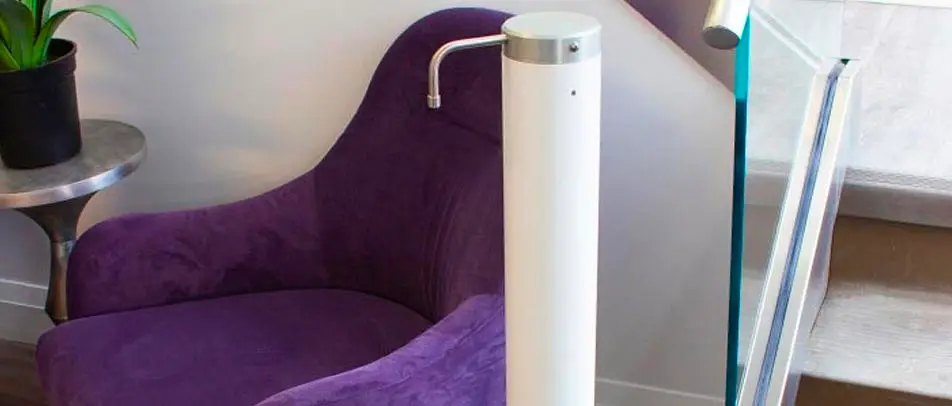

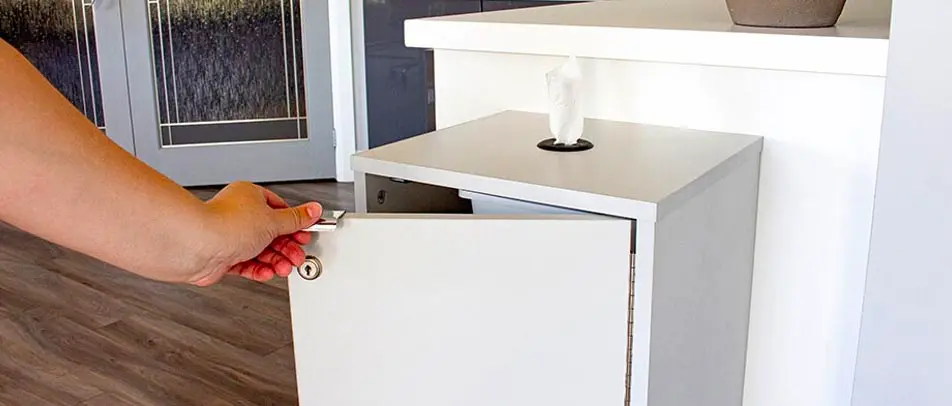
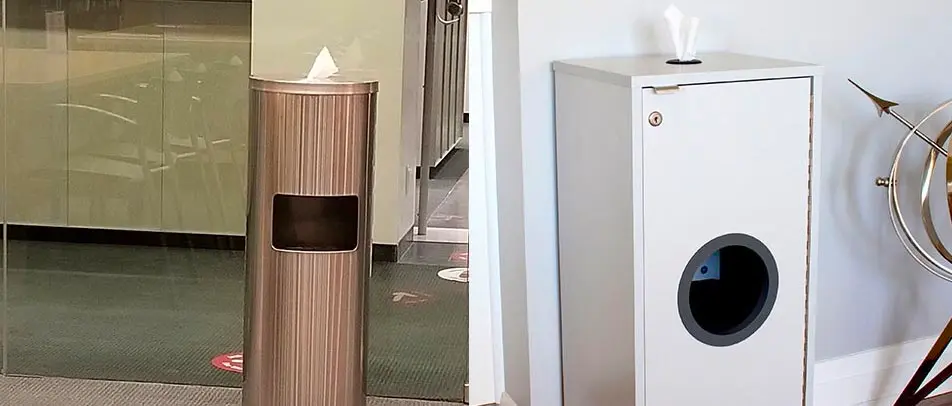


 Three Ways to Engage Teams and Clients to Maximize Your Recycling Program Engagement
Three Ways to Engage Teams and Clients to Maximize Your Recycling Program Engagement  How to Integrate Accessibility Into Your Sustainability Planning
How to Integrate Accessibility Into Your Sustainability Planning  Why Park Benches Can Promote Workplace Well-Being
Why Park Benches Can Promote Workplace Well-Being 
